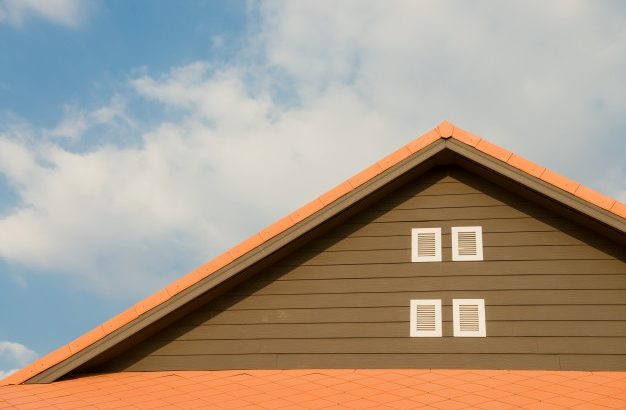As one of the most taken for granted things, roofing is often ignored to be important in any construction. With a wide range of roofing available, the different designs and styles’ meaning, and which roofing material will work best for your home can be confusing. From the many varieties that exist, it is sure that you are going to get the right one. Well, did you know that there are different types of roofing in the market and each of them has their benefits and drawbacks. This blog is all about the understanding of roofing and the pros and cons that surrounds it.
Gable Roof – This is the type of roofing that children drew in every drawing of theirs. This roofing has two sloping sides that come together at a ridge, creating end walls with a triangular extension. They are also known as pitched or peaked roof and are popular in most countries. They can be easily recognized by their triangular shape. The pros of a gable roof are that it easily shed water and snow, and provide more space for the attic or any vaulted ceiling, thus allowing more ventilation. It is also easy to build and cheaper than any complex design. However, the problem with a gable roof is that during high wind and hurricane-prone areas, the frames can be damaged or can collapse. High winds can additionally cause the materials attached to the gable roof to peel away. The types of gable roofs are side, crossed, front, and dutch, and each of these is different.
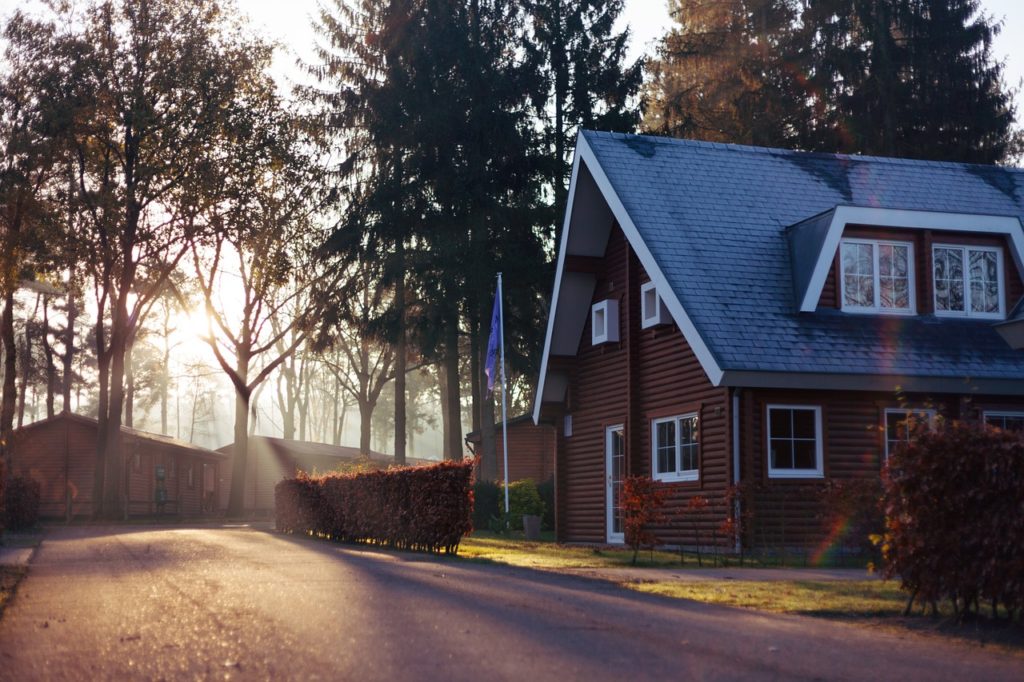
Hip Roof – These roofs have slopes on all four sides, and each is equal in length and come together on the top to form a ridge. The good thing with having this type of roofing is that it is more stable than gable roofs. The inward slopes on all four sides are what makes it more sturdy and durable. It is excellent for both high winds and snowy areas. Hip roofs can offer extra living space to the house. On the other side, hip roofs are more expensive to build than a gable roof as it is more complex in design and requires more building materials. Also, the additional seams can make it easier for any leakage to happen, especially if the roof is not installed properly. The three types of hip roofs are simple, cross, and half-hipped.
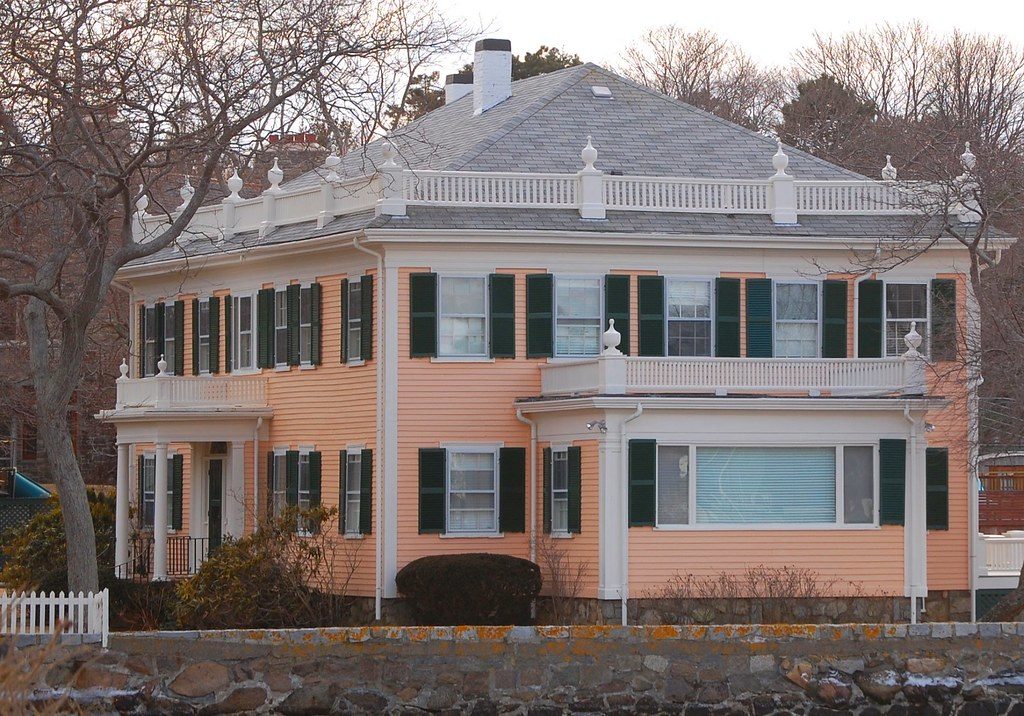
Mansard roof – Also known as a French roof, this roof is a four-sided roof with a double slope on each side that meets forming a low-pitched roof. The positive point with mansard roofs is that it can help create a great deal of extra living space. You can use the space as a full attic or living quarters that is called a garret, and it is very popular. Mansard roofs are great for people who want flexible spaces to make future home additions. You can save money by having a simple mansard design to start. However, the negative point is that the low pitched portion of the mansard roof is not ideal for areas that have heavy snowfall. Also, mansard roofs cost more than typical roofs because of embellishments and details that go into making them.

Gambrel roof – Also known as the barn roof, this roof is very much like mansard in a sense, but it has two different slopes. Gambrel roof has two sides while the mansard has four sides. Similar to the mansard roof, the lower side of the Gambrel roof has an almost vertical and steep slope while the upper slope is much lower. Gambrels can be found on top of barns, farmhouses, and log cabins, and are seen on Dutch Colonial and Georgian style homes. The benefit of a Gambrel is similar to that of a mansard but simpler. Using only two roof beams, the Gambrel roof needs fewer materials to build. It is also great for outdoor sheds and storage buildings, as there is more space. The negative point though is that these roofs need to be well-constructed, waterproofed at the ridges and maintained on regularly. One way to maintain this roof is by inspection each year to check for any damage from storms, heavy rainfall or snow.
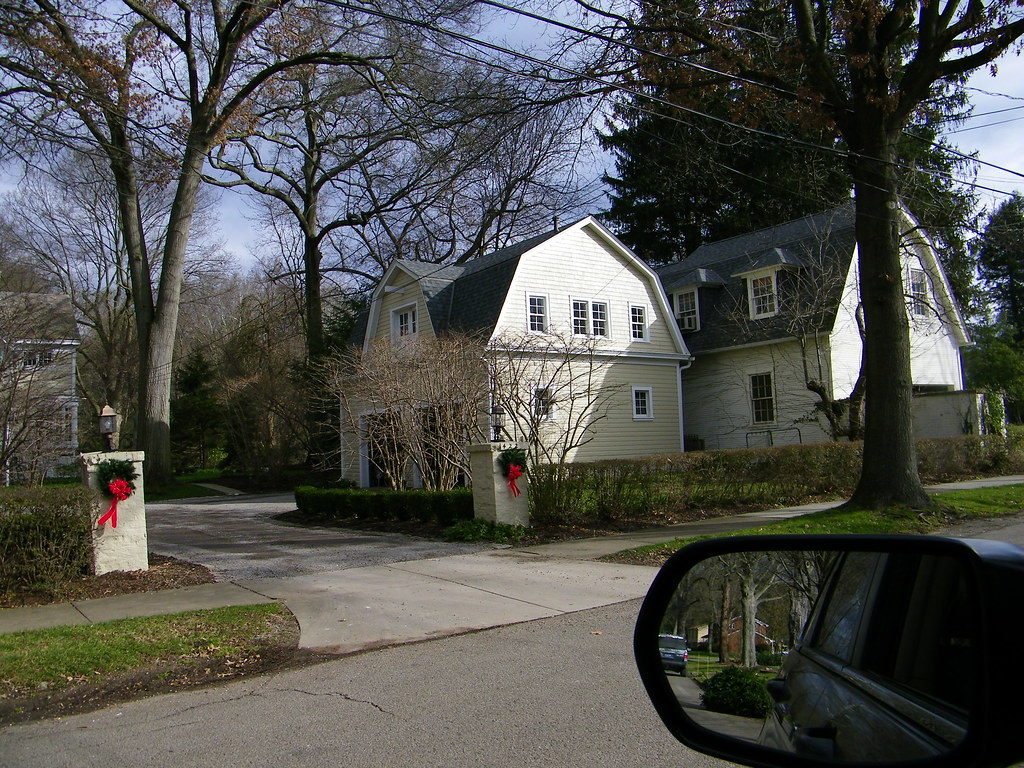
Flat roof – Fairly easy to construct compared to other roofs, flat roofs are favoured for their simple and accessible look. Flat roofs can withstand your weight if you walk on it; there is also a slight pitch to allow for water run-off and drainage. These roofs are generally used in industrial and commercial buildings but can also be found on residential houses in both high and low rainfall areas. The pros of a flat roof are the extra living space on the roof for a patio, garden or partially enclosed for a penthouse room. There can be heating and cooling units installed on the roofs, keeping them out of sight. However, flat roofs make flat roofs more susceptible to water leakage, that’ why it is not advised to have them in heavy rainfall areas. Though the upfront cost of building, a flat roof is less expensive than a pitched roof.
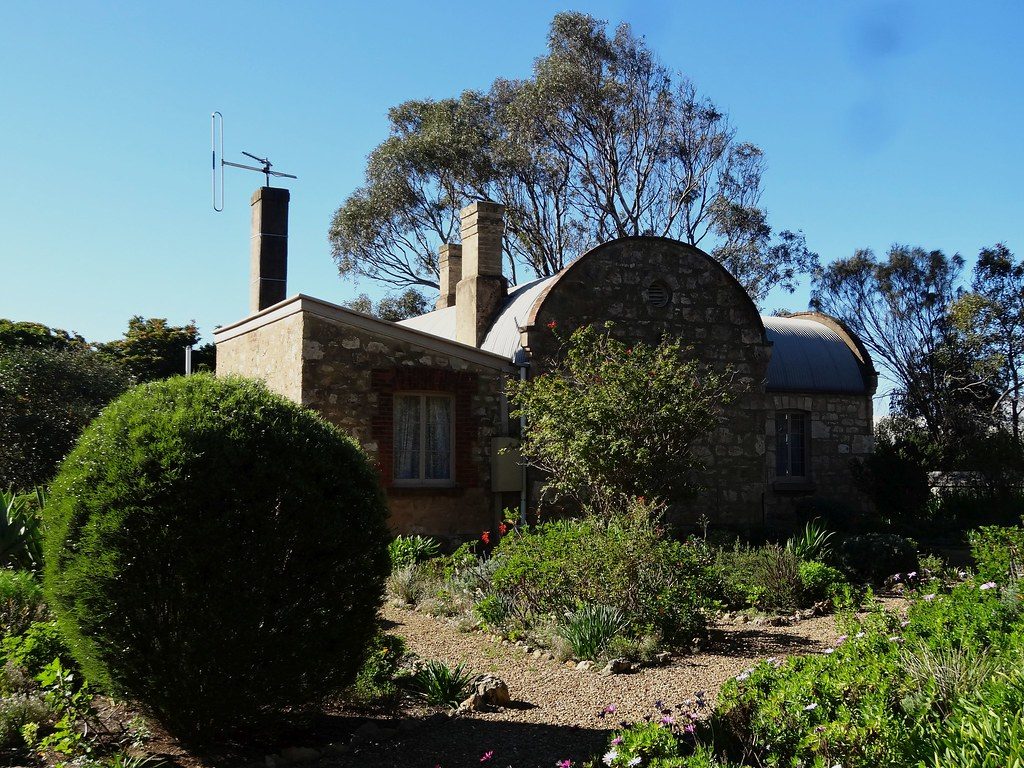
For any roof repairing and replacement services, get in touch with Downtown Roofing. They are the leader in roof repair, installation, and maintenance in Toronto, ON.
